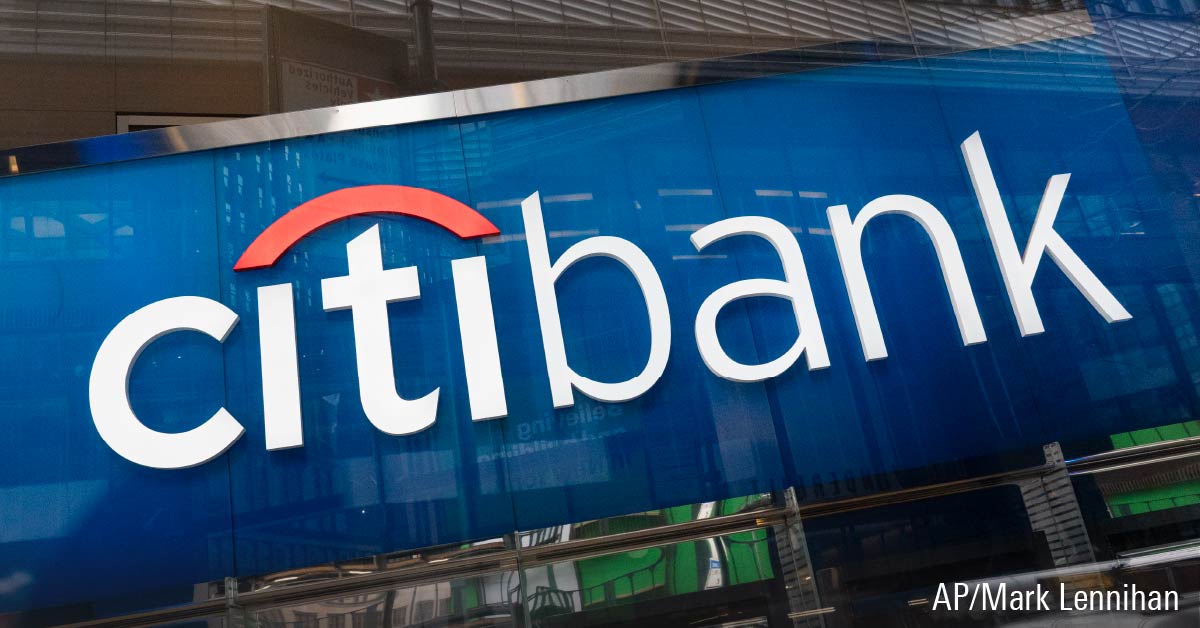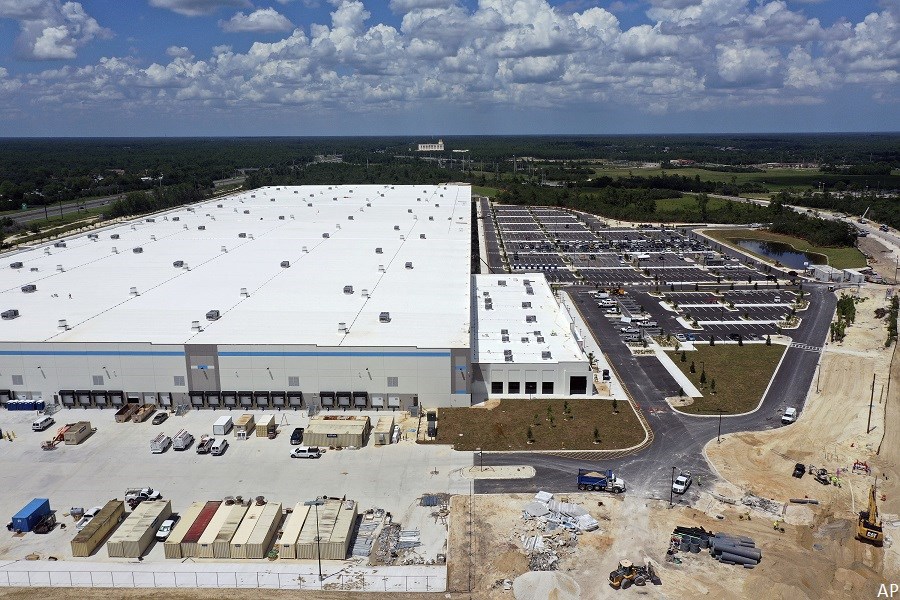We plan to raise our $59 fair value estimate for no-moat Kroger by a low-single-digit percentage following the fiscal 2024 fourth-quarter earnings release. Results looked strong as identical sales excluding fuel expanded 2.4%, slightly outpacing our 2% forecast and the 1.7% average annual growth in food at home inflation from November 2024 to January 2025, per the Bureau of Labor Statistics. Encouragingly, growth was underpinned by an uptick in both traffic and average ticket. Management also cited 11% growth in digital sales (about 9% of total revenue). While we suspect online orders remain margin-dilutive due to the added fulfillment costs involved, we commend the retailer for adapting to consumers’ evolving purchasing habits. Also, a larger digital presence should translate into faster growth from alternative profit streams such as media and advertising over time: Management cited 17% growth in media revenue for the full year while alternative profits represented nearly 30% of Kroger’s operating income.
Show me how fair value is derived (00:41)
Morningstar calculates the fair value estimate of a company based on a projection of how much cash the company will generate in the future. Morningstar analysts create custom industry and company assumptions to feed income statement, balance sheet, and capital investment assumptions into a proprietary discounted cash flow modeling template. Scenario analysis, in-depth competitive advantage analysis, and a variety of other analytical tools are used to augment the discounted cash flow process. The analyst discounts future cash flows using the weighted average of the costs of equity, debt, and preferred stock (and any other funding sources), using expected future proportionate long-term, market-value weights.
The Morningstar Fair Value Estimate is a projection/opinion and not a statement of fact. If Morningstar's base-case assumptions are true the market price will converge on Morningstar's fair value estimate over time, generally within three years. Investments in securities are subject to market and other risks. Past performance of a security may or may not be sustained in the future and is no indication of future performance.



:quality(80)/cloudfront-us-east-1.images.arcpublishing.com/morningstar/P7AZQBQECRCAXCMWYRBKCH47HQ.png)











